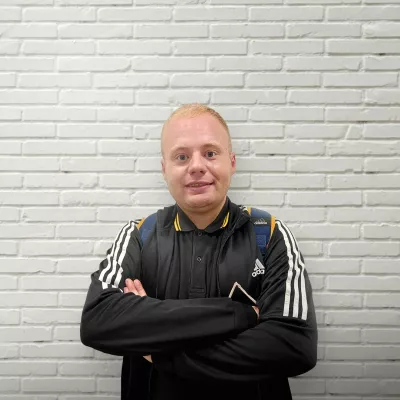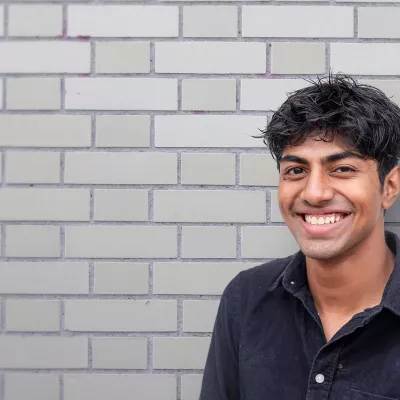Ready to move on: barriers to homeless young people accessing longer term accommodation
Across Centrepoint’s services, almost one in five young people were reported as being ready to move on but unable to do so, with a third of these having been ready to move on for longer than six months. This report seeks to identify the key barriers faced by young people looking to move on, in order to understand what needs to be done to help homeless young people ready to take the next step and move into stable longer term accommodation.






 Tamsin Clements
Tamsin Clements